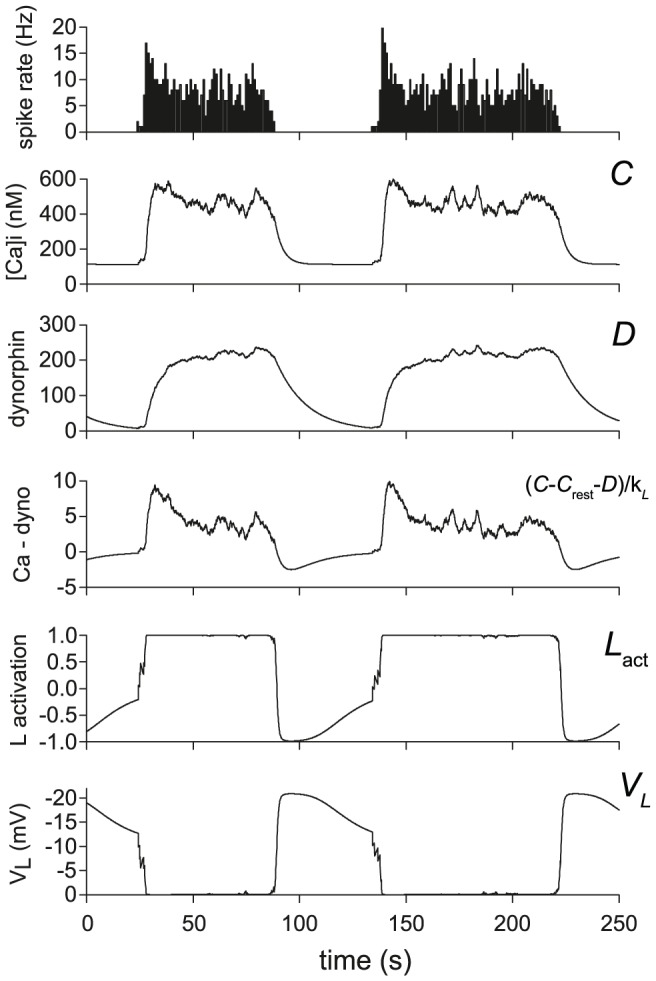Figure 4. The model's burst firing mechanism.

The data here shows two typical bursts from the model fitted to cell v4. The burst mechanism is driven by the spike triggered accumulation of [Ca2+]i and dynorphin. The [Ca2+]i signal inhibits the hyperpolarising K+ leak current, increasing firing and creating a positive feedback that sustains a burst. The more slowly accumulating dynorphin signal opposes the effect of [Ca2+]i, eventually causing burst termination and driving a silent period of sustained hyperpolarisation. The positive feedback combined with the two opposing effects acting on different timescales creates an emergent bistability, shown in the rapid shifts of the K+ leak (L) activation and the resulting effect on membrane potential (VL).
